Woodturning with Kenneth Freeman
“You can make so much with woodturning in general. I think even when I retire, I’ll never stop. It’s just a peaceful way to get through an afternoon.”
- Kenneth Freeman, Woodturner
This week, we sat down with Kenneth Freeman: owner of Vermont Custom Woodturning and woodturner at Vermont Rolling Pins. Woodturning is an ancient craft that uses rotation and chiseling to shape a piece of wood into its desired form. There have been many iterations of woodturning throughout history, and more and more, woodturning by hand has become a rare and special pursuit.
Kenneth came to woodturning after an entirely different career in higher education, and we at Mast have been enjoying his craftsmanship through his beautiful rolling pins. You can find these elegant pieces online, at our markets, on the Vermont Rolling Pins site, or in person at the Burlington Farmer’s Market, should you find yourself up North. As pie season kicks off, and with the holidays just around the corner, we can attest – it's particularly special to make something by hand with a tool that, in and of itself, was personally made.
Read on to learn more about the precision and care that goes into woodturning, the many different styles of rolling pins Ken makes, and which rolling pin he reaches for at home.
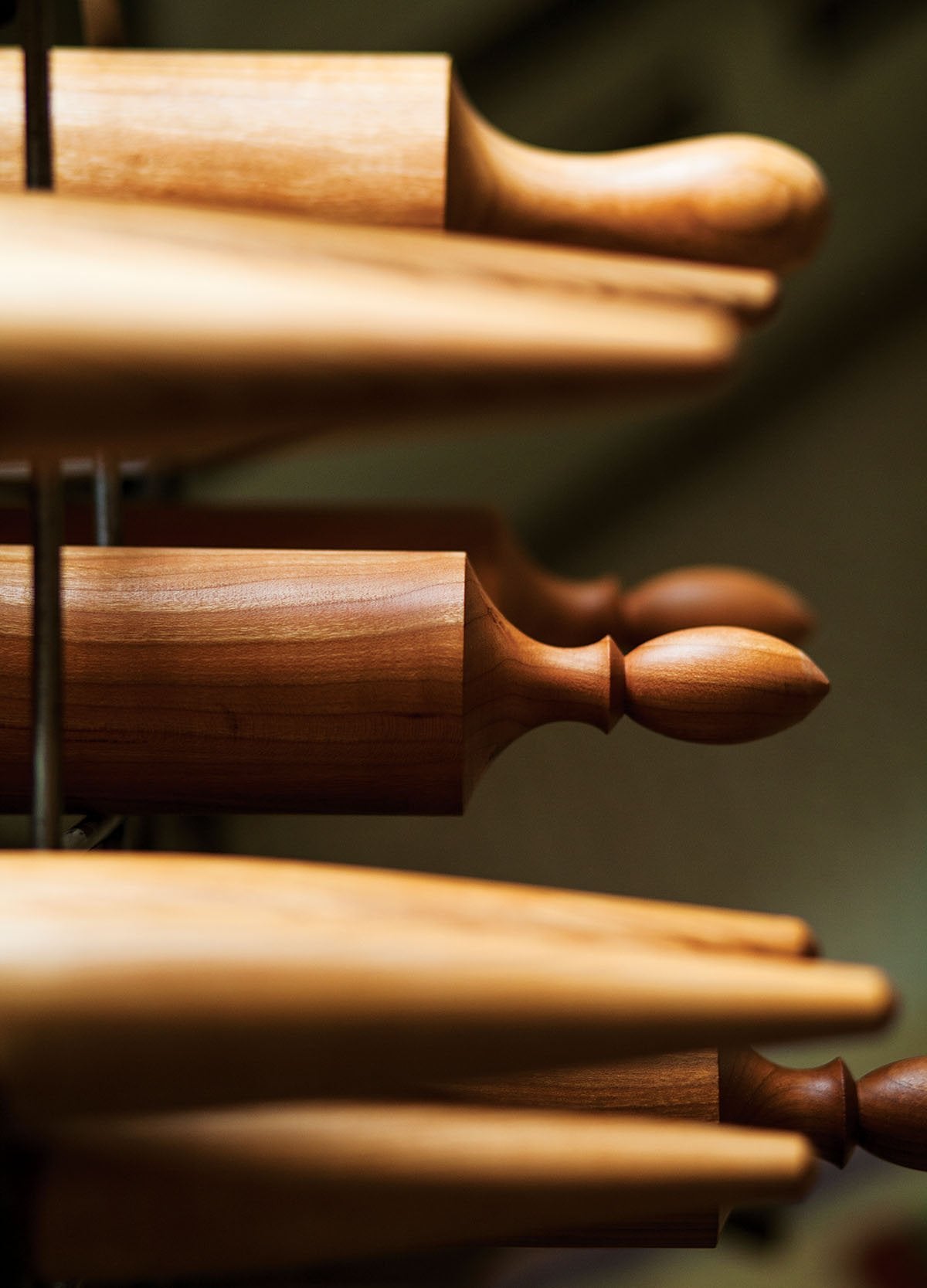
Photography by Kate Jordan
Mast Journal: I’m curious to know about how you first got into woodturning.
Kenneth: I had another career for twenty years – I was an employee relations guy, most recently at Dartmouth College. Right around forty-three I think I decided I’d had enough, but I really didn’t have a plan. We moved back up to Burlington, and we met this couple, and the guy was a woodturner. They were looking to retire and sell the business. So I said, that’s a major change! Long story short, I’d never touched a lathe before, but I just practiced and practiced, bought the business, and moved it down to our house. We own Vermont Custom Woodturning, and that means I do porch posts, balusters, architectural-type stuff for old Victorian homes. I also do furniture parts for furniture makers like bed posts, table legs, chair parts, things like that. Then in 2009 or so, that was a nasty time for anything construction-related, and for about a year and a half it was difficult. Then came along Vermont Rolling Pins, and we’d decided to try it, because the people who asked for the pins knew I was a woodturner. So we gave it a whirl, and somebody picked us up somewhere and loved them – we got an article in The New York Times, and that’s when it really kind of took off! For quite a few years now we’ve been selling about 2,000 pins a year.
Mast Journal: So this man you inherited the business from – did he teach you the craft, or are you self-taught?
Kenneth: I’d say eighty-percent taught, twenty-perfect self-taught. He really wanted to retire, and it was time. It took so long to learn.
Mast Journal: What was that process like, learning the craft? It sounds like it was very different from anything you’d done before.
Kenneth: Oh, yes. There are lots of parts and pieces to woodwork, and woodturning is an animal in and of itself. It’s just a different branch of woodworking – there are people who do both woodworking and their own turning, but it’s a very particular skill so you have to do it a fair amount to stay in practice, just like any craft. Also, it’s such a niche market that if you don’t do it every day, you don’t want to do it. If it’s your profession, you have to be fast and good. If it’s a hobby, you can play as much as you want and have fun with it. So often people who do woodworking have me do the turning part.
Mast Journal: You mentioned you make a lot of different things other than rolling pins. What are some of your favorite objects to turn?
Kenneth: That’s a good question – I’d have to say balusters, and I’m staring at a couple outdoor lamp posts that I just finished that I like. I enjoy the variety and the replication work that comes through.
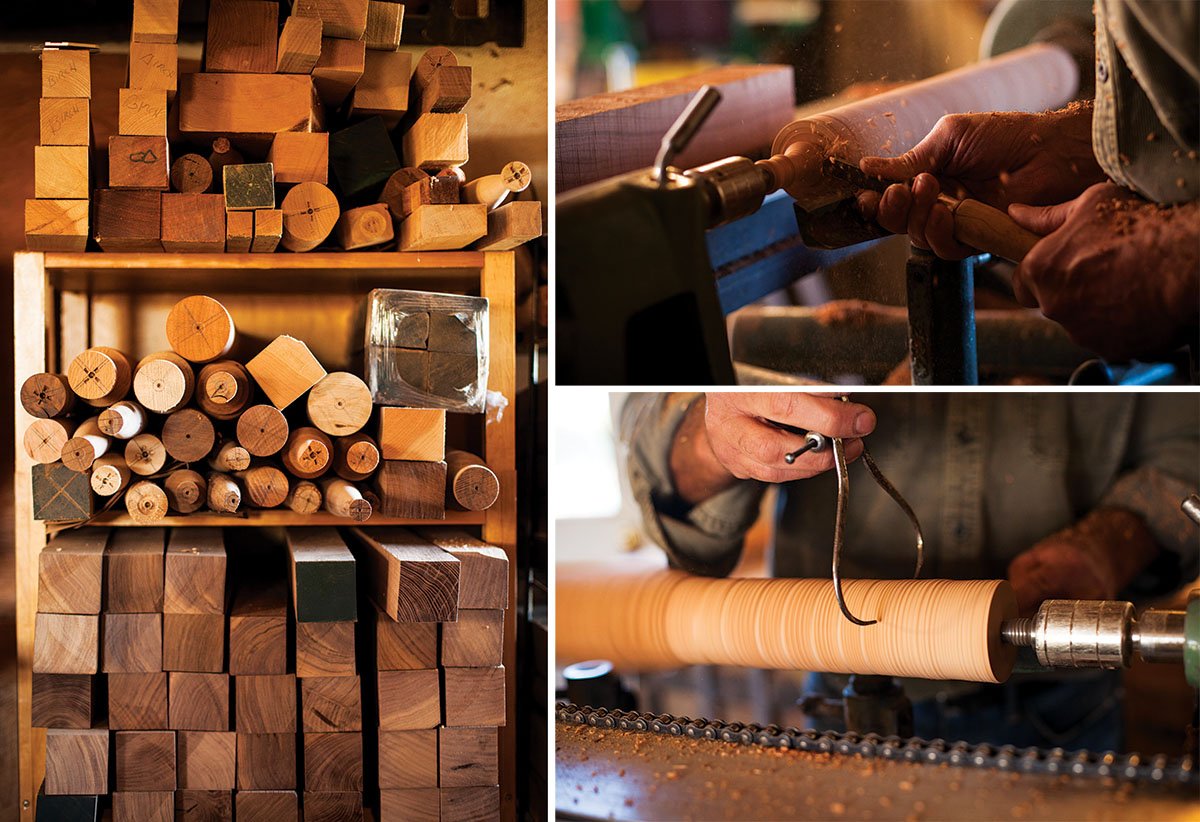
Photography by Pat Piesecki
Mast Journal: I assume working with the highest quality materials is incredibly important when it comes to woodturning. What is that wood selection process like?
Kenneth: That’s probably the best question because right now, as everybody knows, wood selection has been particularly difficult in the last couple of years. There are different moisture contents, and generally speaking, I have to turn the lowest moisture content that you can get, which is 6-8%. To get that low moisture content, the wood has to be kiln-dried. Air-dried will never get dry enough. Fortunately in Vermont, we have a number of places that carry very nice hardwoods. Our rolling pins are exclusively walnut, maple, and cherry.
Mast Journal: It seems like quite the learning curve, especially coming from a totally different profession. Not only do you need to learn a new craft, but you also need to understand very specific properties about the materials you’re using.
Kenneth: That’s for sure. I learned a lot about wood from a millworker who’s a very bright guy – he’s like a 6th-grade-education-genius kind of guy. That was incredibly valuable. These days, you can kind of just research everything you need to know, but you have to be careful with that because you have to know who to listen to and who not to listen to! Thankfully I had that personal contact.
Mast Journal: Could you walk me through the basics of the woodturning process? After you select the wood you’d like to work with, then what happens?
Kenneth: If you’re recreating a historic architectural piece, you take measurements to try to replicate the other pieces as precisely as possible. Then you put the piece in the lathe and turn it from there. For rolling pins, I put the wood in the lathe, and really, honestly, just start turning. If it ends up kind of looking like a beehive, I’ll finish it up to make it look like a beehive! That’s how that design actually got named. The same with the Acorn. When you do the classic ones, like the Column, the French Pin, and the Shaker Pin, you shape it in those ways. We do everything hand-turned.
Mast Journal: Can you notice a distinct difference between hand-turned and machine-turned pieces
Kenneth: I definitely can. The quality of the wood and how much the pins are actually finished is so important. Also, with machine-turned, you can actually see the marks where the machine held the wood. Hand-turned just takes a lot more care and time, as with anything handmade.
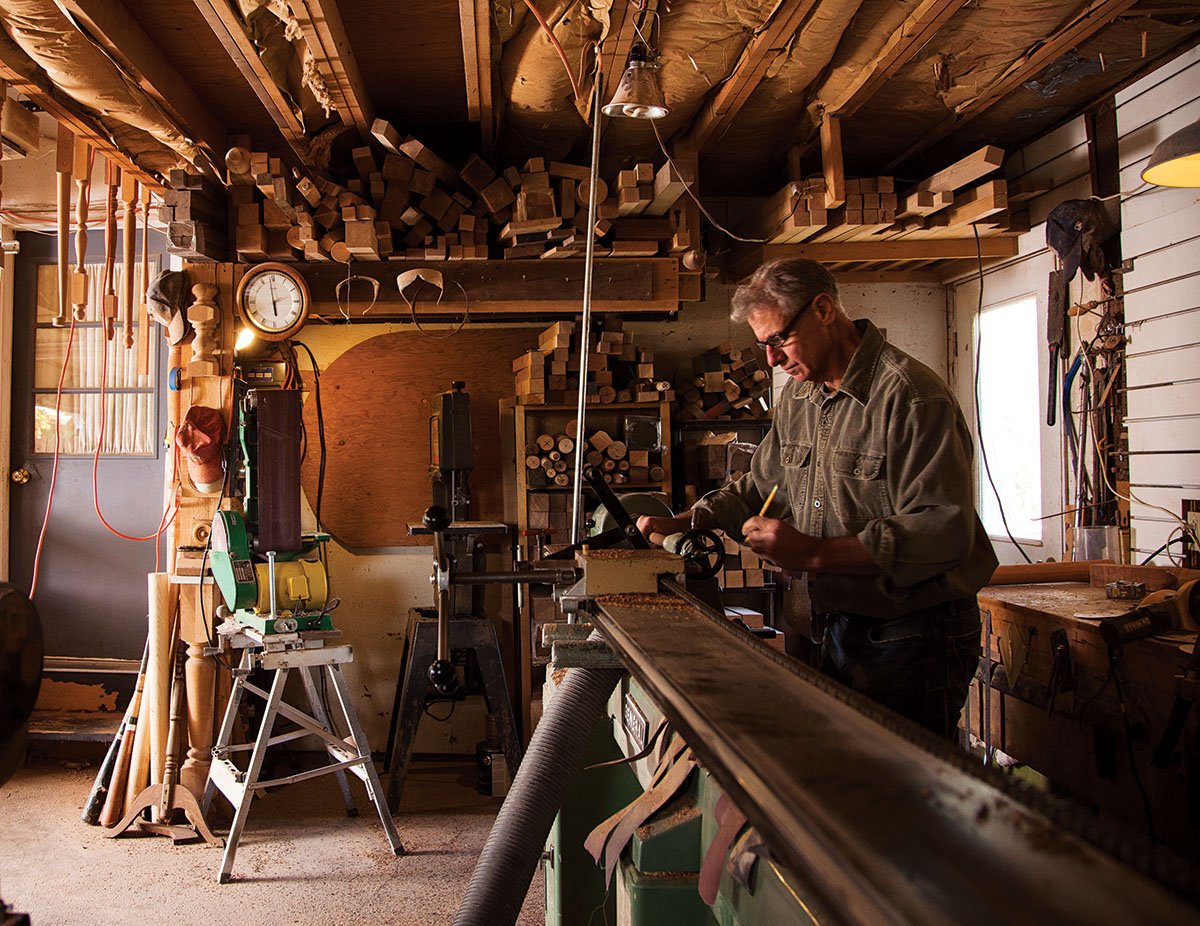
Photography by Pat Piesecki
Mast Journal: What’s especially important to get right when making rolling pins? Do they have to have a particular weight or dimensions? What are you looking for?
Kenneth: I’m really looking for how it feels in the hands. I have big, long hands, and I use that as a way to see how the handles feel, how much control you have. The diameters are pretty much dictated by the size of the wood piece you’re working with. You’re really judging based on intuition.
Mast Journal: I was really surprised by how many different styles of rolling pins there are. Do you have a particular favorite you like to make?
Kenneth: To make, definitely the Flame. I like things that are a little bit difficult, and I like creative designs. It combs in nicely, it’s got a little ridge. For using them, my wife bakes, and we typically grab the French pin off the rack. It’s not restrictive, it has a smooth, gradual release off of the dough, and you can pivot in any direction you want.
Mast Journal: What’s the most challenging part of woodturning for you?
Kenneth: Trying to replicate an architectural piece, especially in historic preservation. Just having to be so accurate so you match these very old pieces with a brand new one right next to it. That’s always a challenge.
Mast Journal: What’s your favorite part about woodturning?
Kenneth: The detail work with the tools. There’s a roughing-out process with the material to get to something recognizable, then the detail, then the sanding. That’s both the challenge and the fun part, and you’re actually creating something. Shaping it. If you have the ability, I think everyone should get a small lathe. Know how dangerous it is and learn all the precautions, but once you have that down, as a hobbyist it’s really a lot of fun.
Mast Journal: I imagine it’s rewarding to make something –especially with rolling pins – that people are using to make other things. It’s kind of this cool, continuous cycle.
Kenneth: Yes – and you can make so much with woodturning in general. I think even when I retire, I’ll never stop. It’s just a peaceful way to get through an afternoon.
Mast Journal: Right. And in our machine-driven world, it’s so important that we still have these craftspeople like you who are still making things by hand.
Kenneth: Of course I’m biased, but if things are made by these huge, expensive machines, most companies won’t want to touch any orders unless they're in the hundreds. So fortunately, we’re able to service a more customized and personalized production. That’s why I got into this in the first place.
More from The Journal
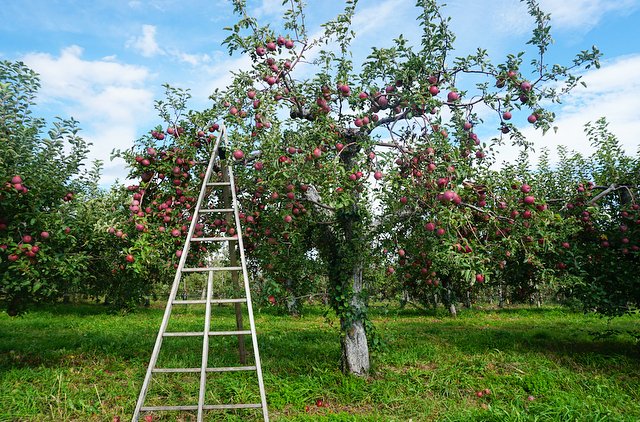
Out in the Orchard at Fishkill Farms
In conversation with Katie Ross of Hudson Valley’s Fishkill Farms.
Read more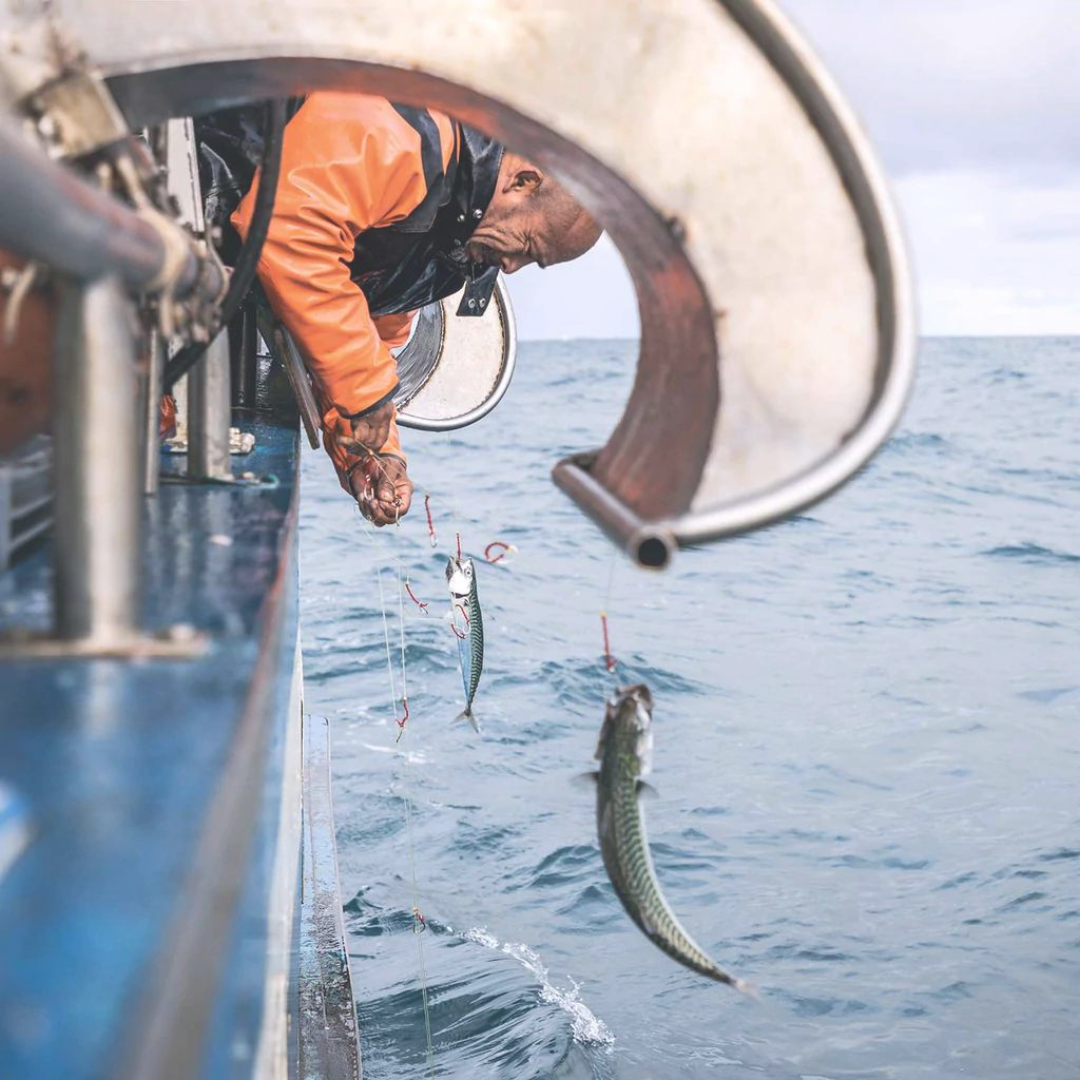
Catching Up with Patagonia Provisions
In conversation with Christie Biddle of Patagonia’s sustainable food brand, Patagonia Provisions.
Read more